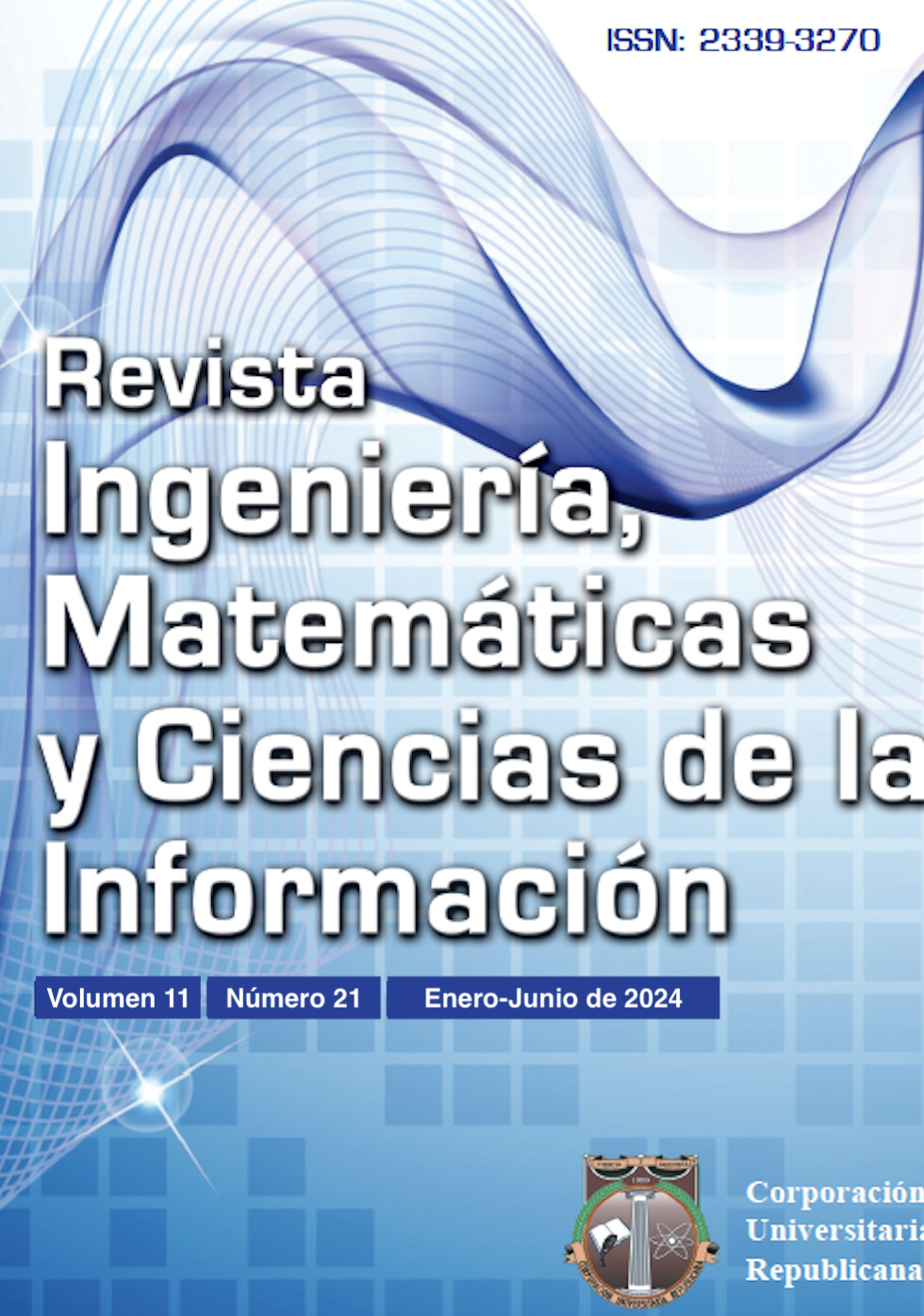Thermal-energy performance of classrooms in the Faculty of Exact Sciences and Technologies- UNSE-AR
DESEMPEÑO TÉRMICO-ENERGÉTICO DE AULAS EN LA FACULTAD DE CIENCIAS EXACTAS Y TECNOLOGIAS-UNSE-AR
Show authors biography
Faced with the challenge of the race to limit carbon dioxide emissions until the year 2050, to stop climate change, universities, as houses of higher education, must lead by example by applying sustainable solutions in their own infrastructure. The present work analyzes the thermal-energy behavior of buildings of the Facultad de Ciencias Exactas y Tecnologías de la Universidad Nacional de Santiago del Estero (FCEyT-UNSE), located in the great north of Argentina. The objective is to evaluate and find the building alternative whose combination of layout and conformation of the construction envelope results in greater energy efficiency, better integrating active and passive environmental conditioning strategies appropriate to the climate of the area. To do this, the implantation site of the university campus was characterized, and the particularities in the functionality, construction techniques and facilities of each block. Thermal balances were determined in steady, quasi-stationary, and dynamic regimes. With these results, the degree of compliance with the recommendations established in the series of IRAM 11,600 thermal conditioning standards and 11,900 building energy efficiency labeling was verified, identifying the Energy Performance Indices (EPI), in all the cases analyzed. It is concluded that it is necessary to propose, evaluate and adjust proposals for natural and artificial conditioning, prior to the construction stage of educational buildings. Thus, it is feasible to propose improvements to optimize the comfort of the university community, promote the reduction of energy consumption, and contribute to a healthy and sustainable development of the local educational habitat.
Key words: university infrastructure, thermal-energy efficiency.
Article visits 65 | PDF visits 31




